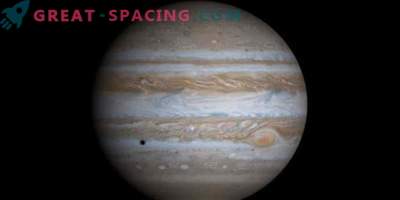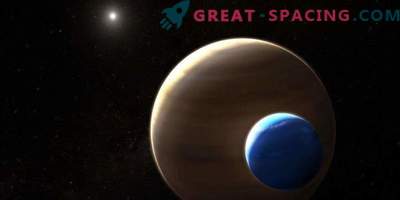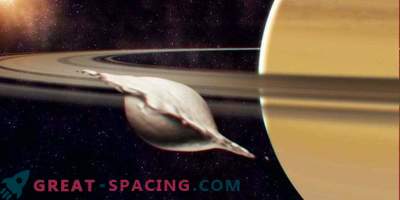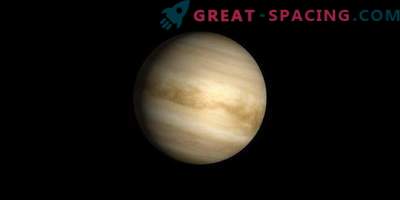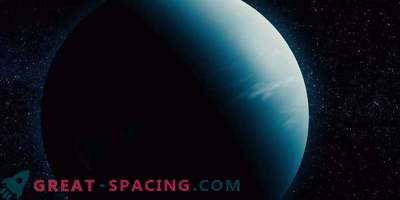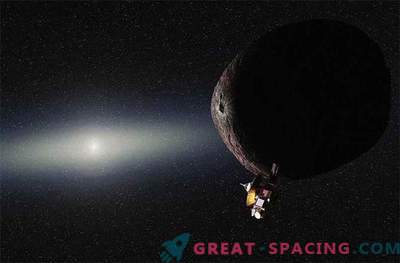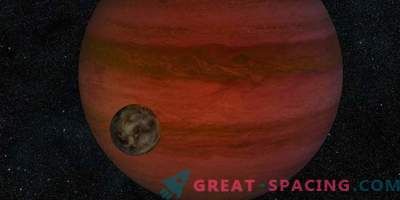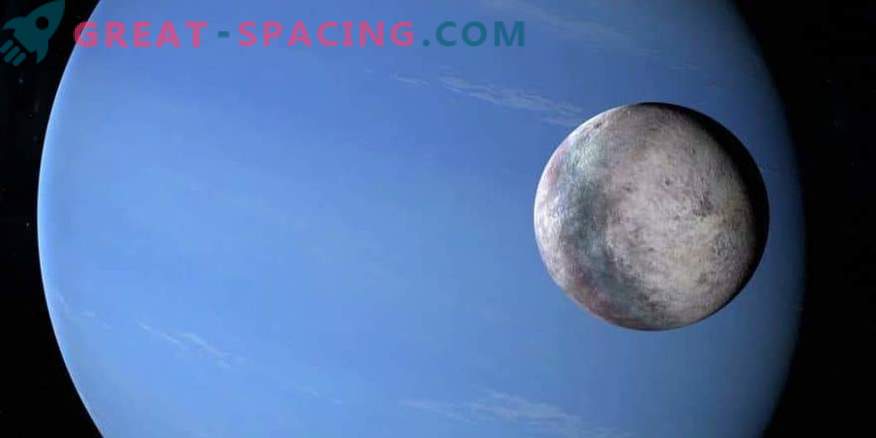
In 1846, the eighth planet from the Sun, Neptune, was found, and after 17 days, its largest satellite, Triton, was noticed. However, this object still raises many questions, because it literally forcibly broke into the ancient system of Neptune.
Triton ranks 7th in size among the moons of the solar system. But it is considered the only large satellite endowed with retrograde orbital motion. It is also a rare example of a moon with geological activity and cryovolcanes spewing nitrogen. But scientists, above all, are trying to study his past.
Now around Neptune 14 satellites rotate. But one theory says that in ancient times, the lunar family of the planet looked completely different, and was more orderly. But that all changed when Triton burst into the system and pushed or destroyed several satellites.
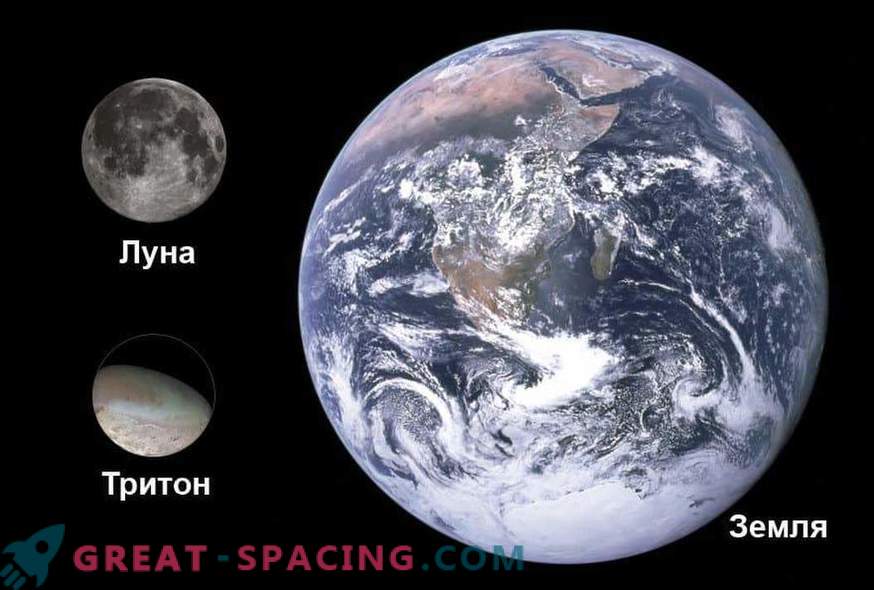
Comparative size of the Earth, the Moon and Triton
For many years, researchers suspected that Triton was never part of the original family of Neptune satellites. This was hinted at by retrograde orbital motion and the fact that the satellite covers 99% of the total mass of objects orbiting the planet. By the way, not only Triton stands out among the moons. Nereid is considered one of the most distant moons of Neptune and has the most eccentric orbit in the solar system.
A detailed study of the behavior of Triton led scientists to a new theory. Now it is believed that Triton was originally part of a double object, with which it rotated on the edge of the Solar System (possibly in the Kuiper Belt). Somehow, Neptune's gravity pulled the moon, and the second object managed to escape. At first, Triton’s orbit was very elongated, but numerous collisions with small satellites forced it to round out over 100,000 years to its present appearance. During the clashes, many moons were thrown out of the Neptune system. Some satellites approached the planet and were severed by gravity.

Triton Color Mosaic, created by Voyager 2 in 1989
But there is another interesting idea. It is believed that some of the small satellites were absorbed by Triton himself. In fact, we can have a real Frankenstein monster, created from the remnants of ancient satellites destroyed during the collision.
To test this theory, you need to send a spacecraft to Triton, which will take samples for analysis from several places. Among the planned missions are considered Neptune orbiter and Triton Hopper. However, they are still only at the stage of consideration.
By the way, there is a theory that Triton will not last forever near the planet. Perhaps after 3.5 billion years of gravity Neptune will attract the moon and tear it apart, forming a ring around the planet.


